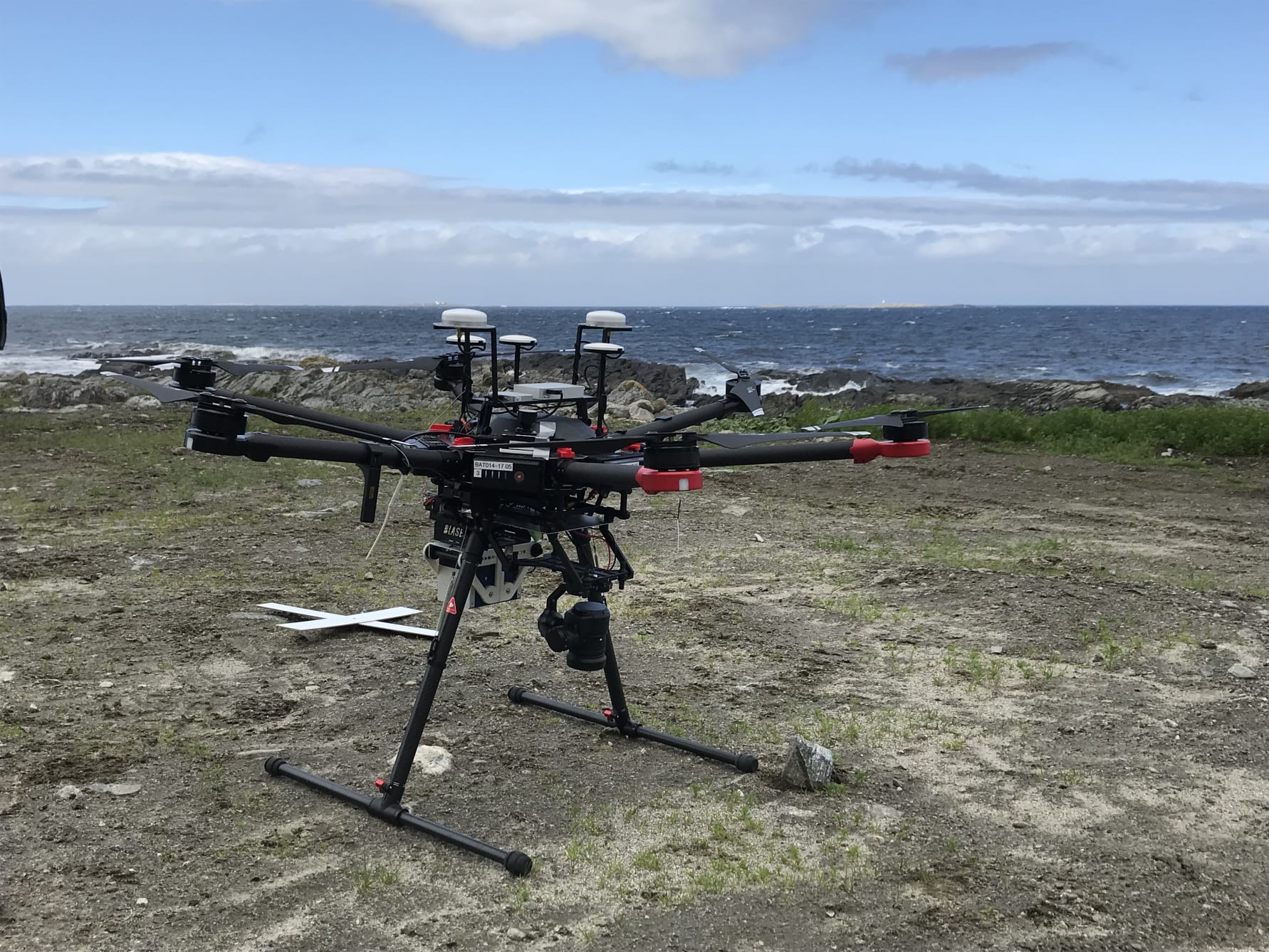REV Ocean and the Norwegian Institute for Water Research (NIVA) coordinate actions against plastic pollution, action for blue forests, and collection of ocean data through marine drones and FerryBox ships of opportunity.
REV Ocean and NIVA met last week to formalize their commitments to work together on four key areas.
1. Blue forests for sustainable ocean
Kasper Hancke, marine biologist and PhD senior research scientist at NIVA, co-led an initiative about offshore kelp cultivation and its potential for carbon storage and sequestration, during REV Ocean’s seaweed workshop in November. The workshop brought together industry, scientists, investors, NGOs, and authorities. Together REV Ocean and NIVA are taking the next steps. This will start with exploring ways of filling the knowledge gaps related to seaweed, natural kelp forests and cultivation in relation to moving towards the development of a sustainable economy, conservation of biodiversity and solutions for climate change mitigation.
Seaweed farming has great potential to provide a variety of products that directly address critical targets of several UN Sustainable Development Goals. These products vary from food and animal feed to fertilisers, novel high-value molecules and biopolymers and biofuel. Different actors are exploring potential solutions for carbon sequestration from seaweed as climate restoration actions. These topics were discussed during the REV Ocean seaweed workshop held in November, and we continue discussions with NIVA and other partners to further develop initiatives of offshore seaweed cultivation and potential for carbon capture.” Eva Ramirez-Llodra, REV Ocean Science Coordinator.
Photo: Janne Gitmark/NIVA
2. Marine litter and microplastic in developing countries
NIVA is coordinating 15 European key research institutes to establish harmonized methodologies for the monitoring and assessment of macro-, micro- and nanoplastics in the environment. This should lead to develop blueprints for international standards and recommendations for policy and legislation, an ambitious goal of the newly started European project, EUROqCHARM.
“With NIVA’s leadership, we will start analysing microplastics in drinking water and further scientific collaboration with the aim of contributing to a reduction in marine litter and input from ocean-based and land-based sources. This includes efficient monitoring systems, citizen science as well as forming coalitions and coordinated action on plastic pollution.” Nina Jensen, REV Ocean CEO.
3. The use of marine drones
NIVA is leading the Norwegian infrastructure for drone-based research, mapping and monitoring in the coastal zone; SeaBee. SeaBee is a cutting-edge infrastructure bringing together experts from a variety of fields in a drone-based infrastructure for science and monitoring applications. The goal is to create a cohesive national network, enabling research institutions and other partners to share and use data, collected using drones, to better understand and manage Norway’s natural environment. SeaBee will use this novel data to train a machine-learning algorithm, helping to automate the data analysis process and in turn, allowing researchers to do their important work faster, better, and more cost-efficient.
«The development and use of new, advanced platforms for data collection and analysis, will provide great opportunities for both research and data sharing. Combining this with the facilities offered through REV Ocean, NIVA is looking forward to exciting, cooperative research projects for the future,” says Tor-Petter Johnsen, NIVA Managing Director (from January 1st 2021).
Partnership with REV Ocean will enable SeaBee drones to be deployed in more remote locations and on a global scale. As a result, NIVA will be able to map and explore changes in blue carbon habitats and resources, ecosystem structure and functioning in an era of anthropogenic pressure.
4. The use of FerryBox ships of opportunity equipped with autonomous sensor and sampling systems
REV Ocean is exploring the possibility of operating a FerryBox system aboard the REV Ocean research vessel. FerryBoxes are equipped with a series of physical, chemical, and biological sensors and samplers that provide observations to help us better understand human impacts on marine systems including, but not limited to, climate change, ocean acidification, and microplastics pollution. FerryBoxes also can include advanced sensors for meteorological and atmospheric observations. Data are sent from ships in near real-time and are available for researchers and for the general public on touchscreen interactive consoles at science centres and museums, and onboard the cruise ships.
In 2001, NIVA began FerryBox observations aboard the Color Line ferries and later expanded to several others. High frequency and regular ocean observations are now made by FerryBox systems in every major Norwegian ocean region.


